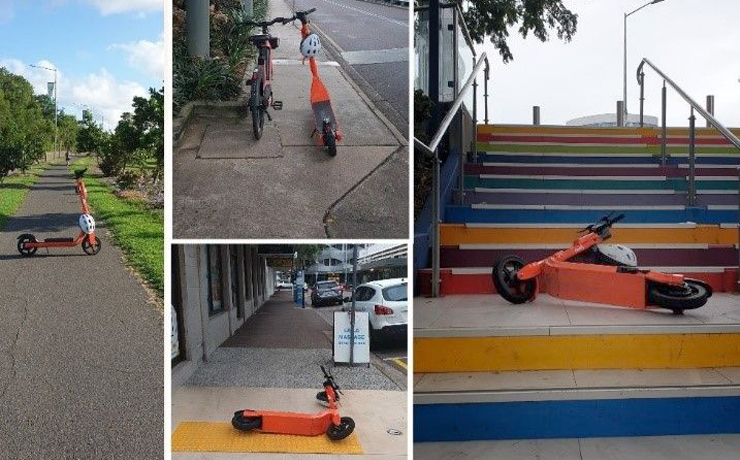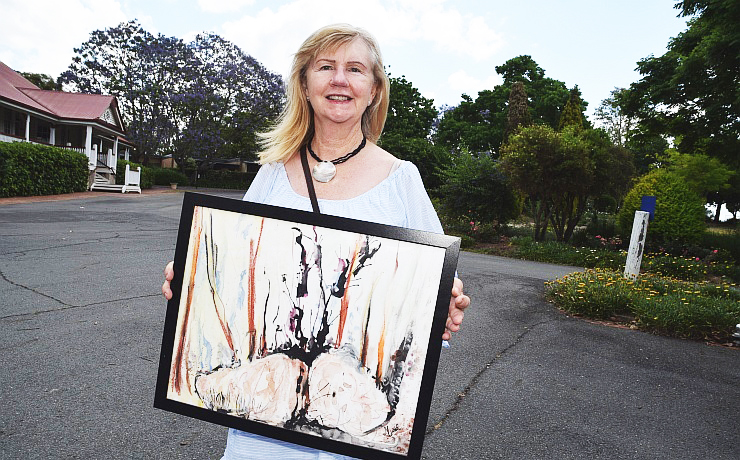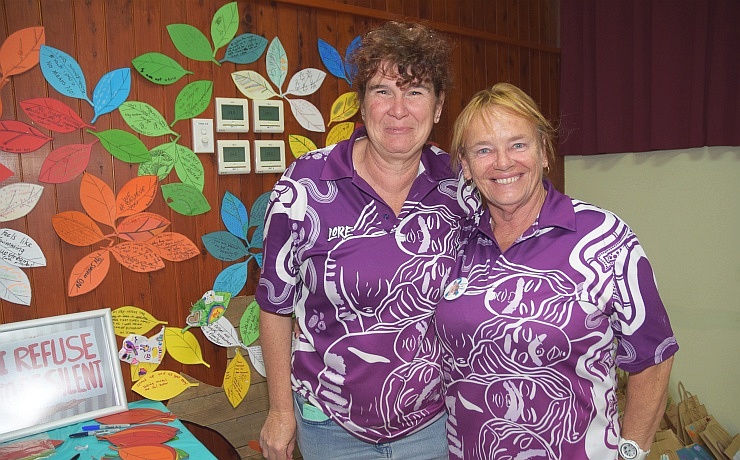
July 15, 2022
Lack of regulation around the use of e-scooters is leaving pedestrians vulnerable, a Charles Darwin University researcher has warned.
Lecturer in Law Dr Ciprian Radavoi has been researching the rights and responsibilities between pedestrians and e-scooters and the level of enforcement of speed limits and safety rules.
Dr Radavoi said the regulatory framework for e-scooters in Australia had been designed almost exclusively with the e-scooter rider’s safety and comfort in mind, which left vulnerable people at risk because of poor and unenforced rules around e-scooter use on footpaths.
“Pedestrians, people in wheelchairs, or cultural and ethnic groups who traditionally socialise on footpaths have been largely ignored by the policymakers,” Dr Radavoi said.
“I decided to do this research when noticing how the life of pedestrians, people who use wheelchairs, and Aboriginal groups in Darwin has become more difficult with the hundreds of e-scooters rushing on the footpath, often honking at other footpath users to clear the way.”
Dr Radavoi said there was something wrong with how the rules were made.
“There are problems from allowing heavy machines to drive at high speeds among vulnerable individuals, to allowing e-scooters to be abandoned randomly after use, hindering pedestrian and wheelchair traffic, and creating a risk of accidents,” he said.
Dr Radavoi said the poor design and enforcement of e-scooter rules resulted from the lack of a transparent process of balancing competing interests between e-scooter users and pedestrians.
The growth of e-scooters has grown significantly across Australia.
According to market research company Prescient and Strategic Intelligence, the micro-mobility market is worth about $16.9 million.
Dr Radavoi said e-scooter use would only fulfil its potential if it was managed responsibly and safely for businesses, councils, e-scooter riders, vulnerable community members and other footpath users.
“The future of micromobility use in Australia shows significant potential if it is managed responsibly and safely,” he said.
“It is possible to achieve this but only if the rulemakers pay attention to the needs of pedestrians when considering the role that these new forms of transport will play in Australia’s future.
“Walking as a means of transportation has been marginalised since the advent of mass motorisation. Now policymakers should cease turning a blind eye to the disadvantages faced by pedestrians in the political, economic and cultural struggle for the footpath.”






















